I just got back from the Atacama Desert in Chile, the driest place on earth. That description doesn’t make it sound very inviting, but it’s a magical place, with the kind of rock formations you might see in Canyonlands, ringed with volcanoes, and lodges that serve great Chilean food and wine.
The Atacama is surrounded by mountain ranges, which stop the humidity from entering the area. These are impressive peaks, with the tallest, Volcan Licancabur, towering at 5,916 meters–19,400 feet. We hoped to climb some volcanoes, but it’s winter in Chile, and it gets to about 40 below on the volcanoes. But there was plenty to do lower down.
We stayed at a lodge called the Alto Atacama,which is among my favorite places to stay in the world. It fits right in to the landscape with its adobe walls and a design that tucks right in to the canyon wall. The rooms are simple, elegant, and cool in the desert heat. There was an incredible peacefulness and silence in the evenings, and the brightest stars I’ve ever seen (they even have a telescope on top of a nearby hill). The meals were fresh with Chilean accents, and local ingredients–like the home-made ice cream from the arroba tree, which you can’t taste anywhere else in the world. Best was the staff of guides, who were prepared to take us just about anywhere we desired in the region, which was just about everywhere.
Our first day, we took a hike to the Valle de La Luna, or Valley of the moon, which is in the Cordillera de la Sal, or Salt Mountains. This was the area that most resembled Canyonlands, with hoodoo rocks and rippling red canyon walls. Huge sand dunes spread across the horizon.
The next day, we hiked down a cactus canyon–Los Cardones Gorge; the area is so dry that the cacti grow about 6 centimeters per year, and most were well over 300 years old. In the afternoon, after a long lunch, we drove out to a salt flat, where we saw the several species of flamingoes that feed in the pools on the salt flats. The surface of the salt flat is crusted with crystals; with the volcanoes in the background, it was a spectacular sunset.
Our favorite day was taking a hike down the valley of the Machuca River. We started at a small town called Machuca, where our guide, Joel, grew up, and his aunts now live, selling handicrafts to tourists on their way up to the geysers, and raising llamas. It’s over 12,000 feet, and all the houses are made of stone, each with a small solar panel that can produce electricity for lights and a small radio. We hiked down the valley on the route that Joel used to take to school in Rio Grande, a small town 14 kilometers away. His people, native Ataqueños, speak Quechua, from the Incas, and an older language, Kunza.
The route started with high mountain lagoons with frozen grass and a few Andean gulls. We followed the river down through fields of wailla, which is the grass that they make the roofs out of. We saw the plants rica-rica, copa-copa, and pingo-pingo, each with its own medicinal use (the combo is an aphrodisiac). Joel told us that when he grew up here, he saw no other people than his family, and was friends with the animals. As if on cue, a huanaco, the wild animal from which the llama was domesticated, showed up on the trail.
Halfway down the valley we came to a small farm, Peznaliri, with cultivated Andean terraces. Joel grew up in one of these stone houses, and showed us the chalkboard where his dad taught him multiplication tables. Now the water has diminished enough that the family has moved away; there’s not enough water to cultivate vegetables, which he says were plentiful as a child, a result of global warming. The family has been offered a lot to develop the gorgeous valley, but Joel explained to me that the real richness is the land, as is. We walked all day without seeing another soul, and ended up in Rio Grande, which has about 100 people, who raise llamas, sheep, and goats.
Our last day, Joel took us mountain biking in the Salt Mountains near the lodge, which was like cycling in the canyon country near Moab–sandy, with lots of hills ad rocks, though mostly gypsum, not sandstone. In the afternoon, we wandered through San Pedro de Atacama, a backpacker’s town with lots of little restaurants and artisan shops, as well as a North Face store for the serious trekkers. We visited the home of a miller, who showed us how his stone mill worked, fed by a hydraulic paddle underneath; it seemed like another century.
Our last night, we sipped Chilean malbec and were sorry to leave the quiet, the stars, and the daily excursions. There was a lot left we hadn’t seen–more mountain excursions, lagoons on the altoandino, the altiplanic villages…It was so remote, 2 hours by plane from Santiago and then another 2 hours by car to the lodge, that I don’t know if I’ll be back. But I’d love to return.
Most of these photos are by Peter Eckart.
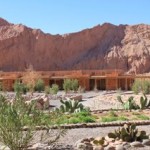




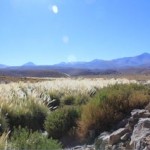





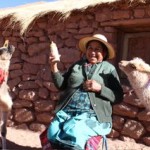

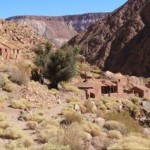


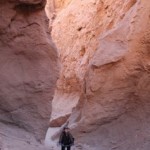
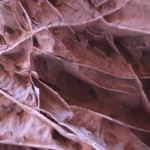




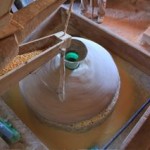
Chile has always been on my list but you just pushed it up to the top with t
your description. Thanks for sharing this experience.